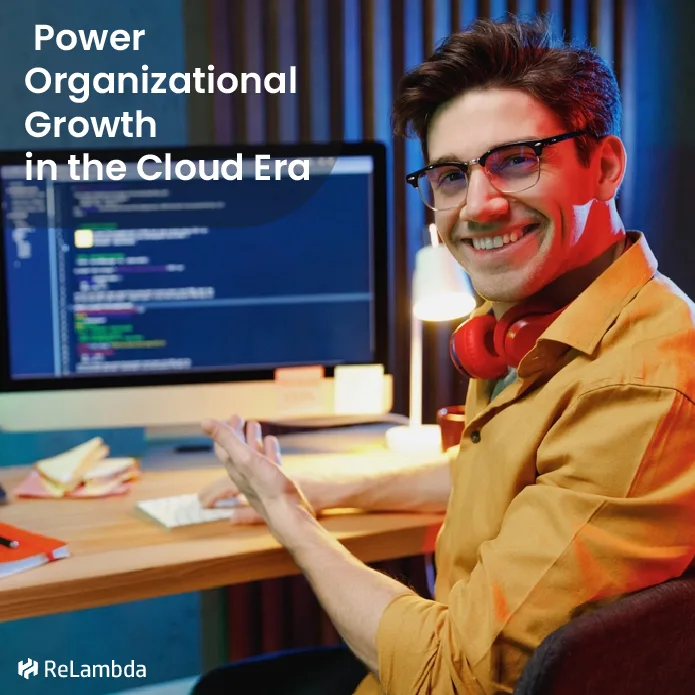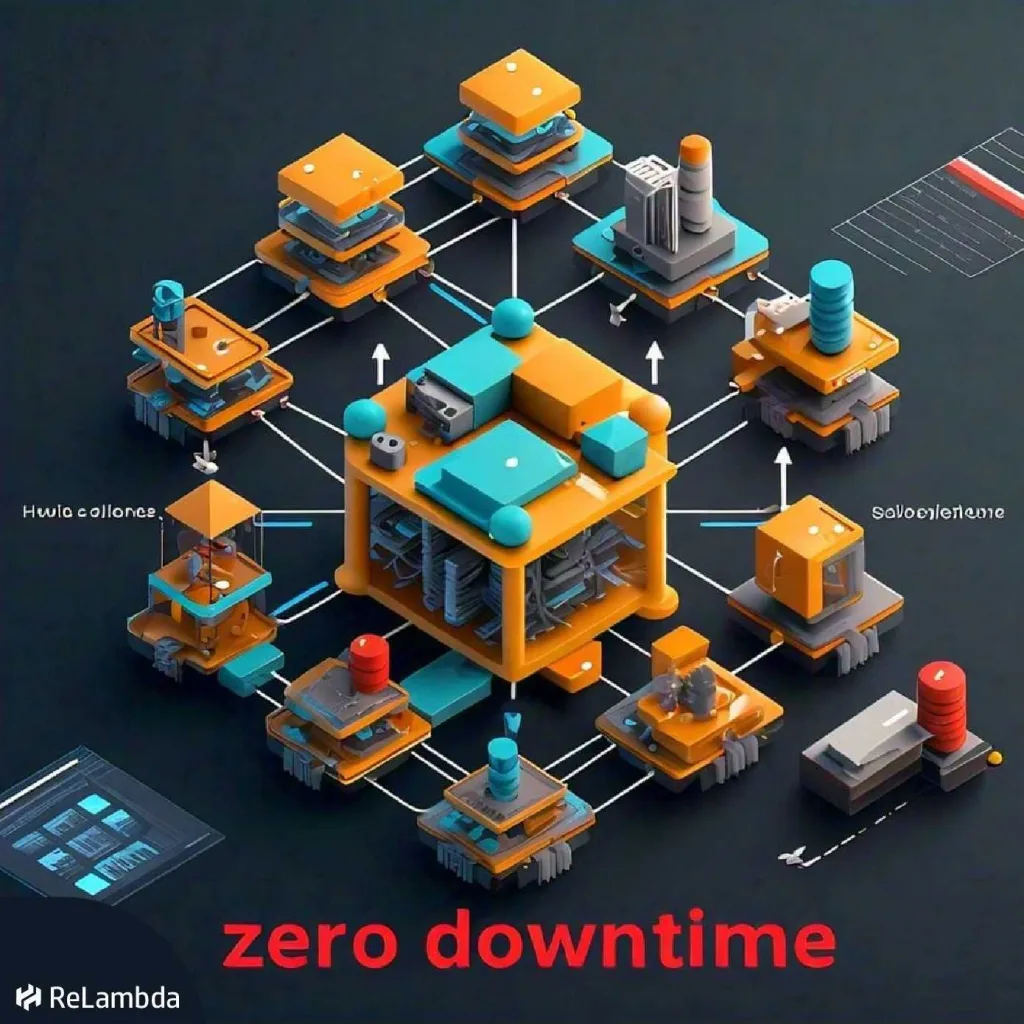Top 5 frequently faced Kubernetes Challenges
Kubernetes is an incredibly powerful platform, but it doesn’t come without its complexities. Deploying and managing multiple projects using Kubernetes has highlighted some of the significant challenges it presents. From intricate configurations to resource management, the learning curve can feel steep. This blog highlights five major challenges I’ve faced while working with Kubernetes and how I addressed them.
1. The Steep Learning Curve
Kubernetes introduces a wide array of components and concepts to learn, such as Pods, Nodes, Deployments, and Services. Even with prior experience in containerization, understanding the architecture and how the various components interact can be daunting.
The best way to overcome this is by dedicating time to reading the official documentation, watching in-depth tutorials, and experimenting with isolated environments. Mastering the basics first makes implementing advanced features far more manageable.
2. Resource Management and Cost Optimization
Effective resource allocation in a Kubernetes cluster can be challenging, particularly when estimating the CPU, memory, and storage needs of applications. Over-provisioning leads to higher infrastructure costs, while under-provisioning can result in performance bottlenecks.
Utilizing tools like Horizontal Pod Autoscaling (HPA) and Vertical Pod Autoscaling (VPA) helps dynamically adjust resources based on demand. Monitoring solutions such as Prometheus and Grafana provide valuable insights to fine-tune resource settings and balance cost-efficiency with performance.
3. Navigating Networking Complexities
While Kubernetes abstracts much of the networking, understanding its model is essential. Configuring Services, managing Ingress controllers, and ensuring seamless communication between microservices can be challenging.
Differentiating between ClusterIP, NodePort, and LoadBalancer Services is crucial for exposing applications correctly. Debugging connectivity issues requires familiarity with network tools and concepts. Service mesh solutions like Istio and network policy tools like Calico can simplify and enhance the management of inter-service communication in large deployments.
4. Managing Persistent Storage
Kubernetes is optimized for stateless applications, but handling stateful workloads and managing persistent storage demands extra planning. Concepts like Persistent Volumes (PVs) and Persistent Volume Claims (PVCs) can initially seem complex, particularly for applications requiring reliable data storage.
Using StatefulSets for stateful workloads ensures stable network identities for pods. Integrating storage solutions such as Amazon EBS or Azure Disk into Kubernetes clusters requires attention to detail, especially when ensuring high availability and backups for critical applications.
5. Debugging and Troubleshooting
Kubernetes’ dynamic nature adds layers of complexity to debugging. Pods are constantly created, destroyed, and rescheduled, making it challenging to identify and resolve issues.
Proficiency with kubectl commands such as kubectl describe pod and kubectl logs is key to gathering insights. Incorporating liveness and readiness probes helps monitor pod health and minimize downtime. Observability tools like Prometheus, Grafana, and the ELK Stack provide a comprehensive view of system health, enabling faster troubleshooting.


